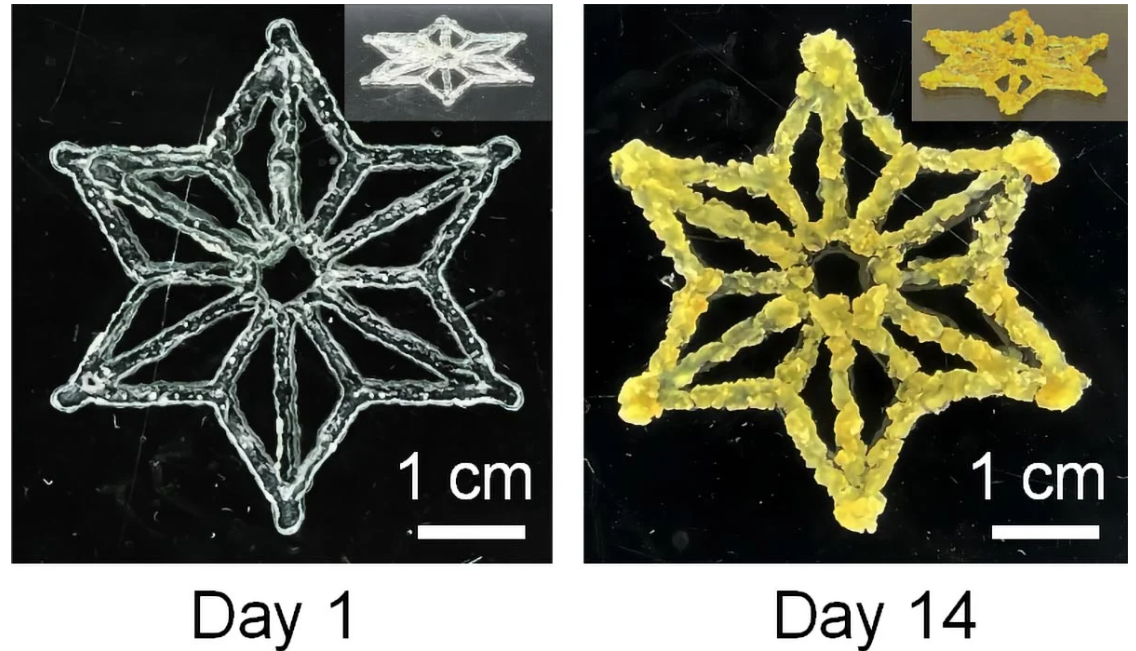"Leading AI scientists warn of the significant risks associated with the rapid development of AI technologies in a Policy Forum. They propose that major technology firms and public funders dedicate at least one-third of their budgets to risk assessment and mitigation. They also advocate for stringent global standards to prevent AI misuse and emphasize the importance of proactive governance to steer AI development towards beneficial outcomes and avoid potential disasters. Credit: SciTechDaily.com" (ScitechDaily, When Science Fiction Becomes Science Fact: The AI Dilemma)
Artificial general intelligence (AGI) can be the large language model, that can create smaller specific language models. And maybe the computer or programming industry works around large-scale language models. The clients use the AGI to generate those limited AIs.
The idea is that the customers pay to owners of the AGI for things like server maintenance. The owners of the AGI need money for electric bills. This is one of the reasons why researchers are working on things like geothermal and solar panels for green energy production for server halls. If server halls use green energy, they don't pollute.
And maybe the question, what the employer hears at the magistrate when they register a company is "Have you downloaded your own AI yet"?
And then they can download the limited "baby AI" to their servers. The limited AIs are modules that can be created to handle larger-scale and more complex data structures.
The main problem is that people like Chinese intelligence can use those limited AIs as modules that they can use to create their own AGI. The intelligence just creates multiple companies and then downloads the limited AIs to those companies. Then those limited AIs can act as modules for complicated data structures.
The machine as intelligent as the human waits for ten years. This is one prediction for the future. When somebody would tell me that someday we can make that thing, I would say that this kind of AI needs so many databases that it's too hard to complete. But today generative AI can make those 100-200 billion databases, if it has space, where it puts that structure.
The intelligent machines are frightening. Somebody resists them, but they are coming. One of the reasons why somebody resists those systems is that they take jobs from humans. The problem is that. This thing like unemployment interests people only when the AI takes their jobs. When the U.S. car industry took jobs to Mexico, nobody was interested. That thing caused unemployment and social problems. But the police were enough to handle that problem. The media is interesting only when the AI takes jobs from reporters.
The AI can make life easier. It can make working days easier. And it leaves time for innovation. But unfortunately, AI is the tool, that allows to fire half of workers. And that is the problem. The company leaders don't see AI as a chance to be more generative and more innovative. They see it as a chance to decrease the costs and crew. That is one problem with companies.
The companies like Space X are very innovative. They know how to benefit from the publicity that rocket engineering brings to them. And that is a good thing for Elon Musk's business. The reason why Space X detonates rockets in front of people's eyes is that: these kinds of things are interesting. And interesting things bring publicity. And maybe some companies will come to buy a launch from Space X when they see that work.
That thing causes one problem. The space industry, and especially the space launch industry accumulates into the hands of companies like Space X. The Pentagon made contracts with Space X and Starlink about their communication, location, and other systems. That thing gives very much power into the private hands. That means the private companies will get the military forces' communication in their hands.
That means the world is decaying. There are innovative companies that make many new things. That innovation brings big profits for companies that own the patents. And then there are non-innovative companies that pay for those innovative companies about their products. That thing makes Space X and those kinds of innovative actors more and more powerful.
Generative AI is a tool that can revolutionize engineering. In the production stage, the engineers must only give the requirement specification to the computer. Then the AI selects raw materials. And then it can start to create the product. The industrial robots can have 3D printing systems in their body. And that makes those systems more flexible than we ever imagined.
The system can follow the data flow that comes from the rockets. And by analyzing that data the system knows if there is a problem in a certain engine. If a rocket uses many small engines the system can shut down one or two engines, if there are failures. In that process, the system just cuts the fuel and oxygenize from the engine.
In the case of an emergency, the system can just separate the upper stage. And try to bring the payload safely to the ground. That can happen using a parachute or if the upper stage can land vertically that thing can bring the payload safely to the ground.
https://scitechdaily.com/when-science-fiction-becomes-science-fact-the-ai-dilemma/





